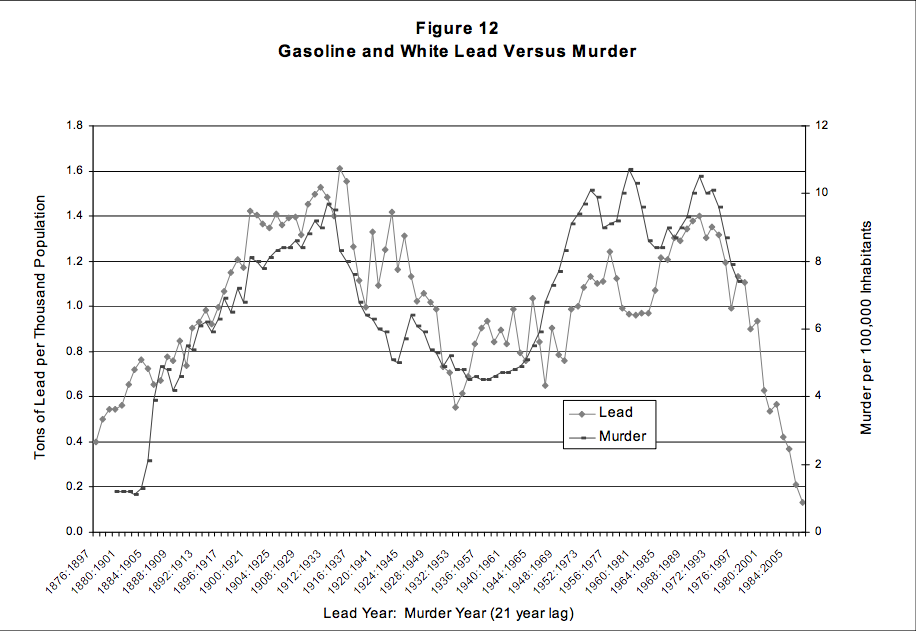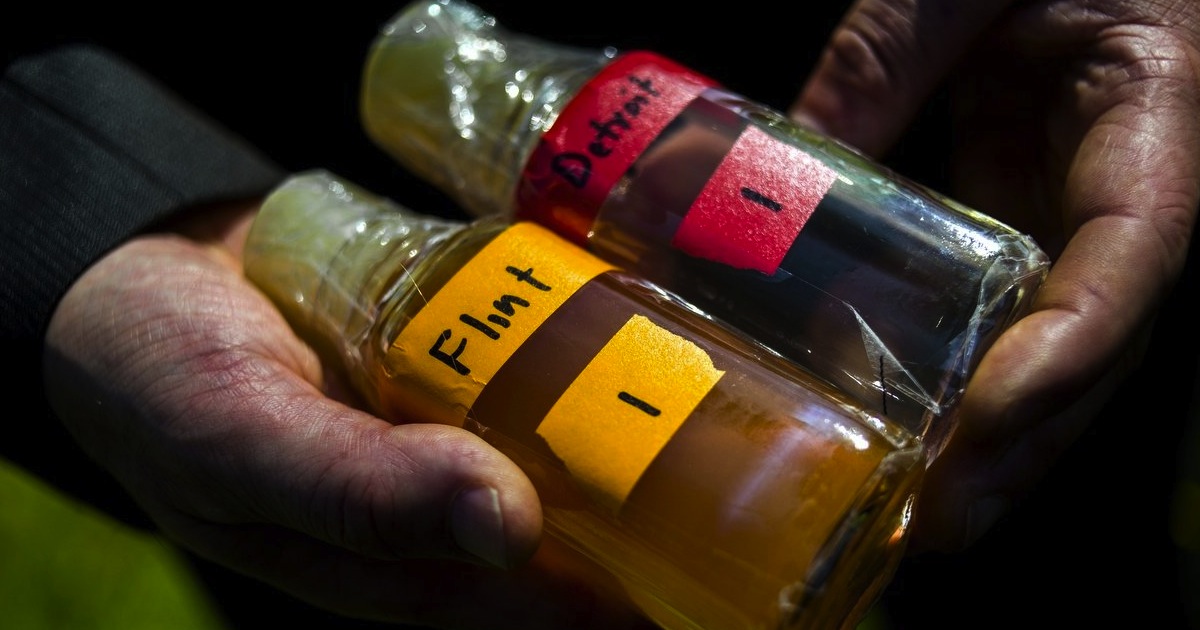The Unexpected Link Between Lead Contamination and Violent Crime
By:
The Flint, Michigan water crisis has exploded as a national story that encompasses political failing, community outrage, and accusations of environmental racism.
But perhaps the biggest impact of widespread contamination of the city's water is the public health disaster — and it could be even worse than some think.
Related: US Cities Are Underreporting Heavy Metals in Their Water Supply
 Ron Johnson - youtube.com
Ron Johnson - youtube.com
But a compelling body of research suggests that lead contamination has a direct correlation to crime, with higher levels leading to higher crime rates.
In fact, the concerted effort in recent decades to remove lead from gasoline, paint, and other sources with a high risk of human exposure, is thought to be related to the broader downward spiral of crime rates in the U.S., which began soon after lead was phased out.
Leaded gasoline and the correlative levels of lead in the atmosphere from emissions rose between the 1940s and the 1970s, but began to drop off as consumers switched over to the unleaded variety of gasoline that is now ubiquitous. Those atmospheric rates traced an inverse U-shape graph that was mirrored by crime rates. As Mother Jones' Kevin Drum noted in 2013:
"Intriguingly, violent crime rates followed the same upside-down U pattern. The only thing different was the time period: Crime rates rose dramatically in the '60s though the '80s, and then began dropping steadily starting in the early '90s. The two curves looked eerily identical, but were offset by about 20 years."
That 20 year difference, according to experts cited in the Mother Jones article, is explained pretty simply: lead exposure at a young age, when the contaminant has strong effects on cognitive function, has a seemingly direct connection to delinquent behavior in young adults — about a 20-year gap. One 2000 study on this connection by Rick Nevin, an economist who has published extensively on the connection between lead contamination and crime rates, contained some startling charts. The one below, tracking murder rates and lead exposure, has a near identical shape to charts tracking lead exposure and teen pregnancies, assaults, rape, and violent crime.
 Rick Nevin - ricknevin.com
Rick Nevin - ricknevin.com
RELATED: THIS IS WHAT THE WATER IN FLINT, MICHIGAN LOOKS LIKE
Research suggests that lead exposure at a young age can lead to lower IQs and learning disabilities, as well as behavioral issues and hyperactivity — all of which are largely non-reversable.
The problems with Flint's water have drawn national attention to the broader problems of lead and other contaminants in cities that underreport their presence throughout the U.S. That's alarming because there's no real safe limit of lead. Even so, the Flint contamination poses a particularly bad, and possibly instructive broader problem: many American kids have one or two micrograms or less per deciliter of lead in their blood levels, but somewhere around half a million kids in economically downtrodden and mostly Black urban neighborhoods have levels above five, according to the Economic Policy Institute.
 file photo/Flint Journal - mlive.com
file photo/Flint Journal - mlive.com
Related: Virginia Tech Professor Marc Edwards Spent $147,000 to Help Uncover the Flint Water Scandal
The EPI also predicted that the state could expect to see test scores drop, and teen pregnancies, violent crime, and incarceration increase. It recommended that the state begin brainstorming how best to not just accommodate but pay back the debt it owes to Flint children over a compromised future.
"The burden of responsibility should be shouldered, as much as it can be, by the state," the EPI post reads, "not the individuals who were victims of a criminally negligent government."
